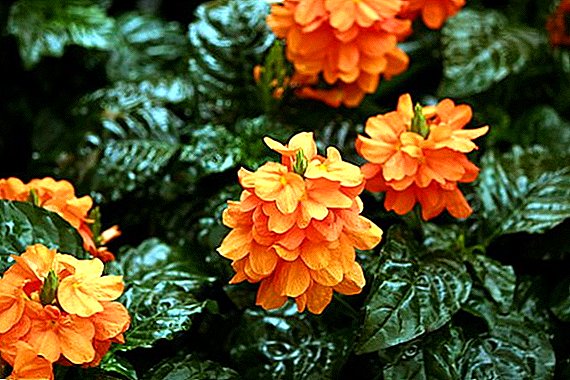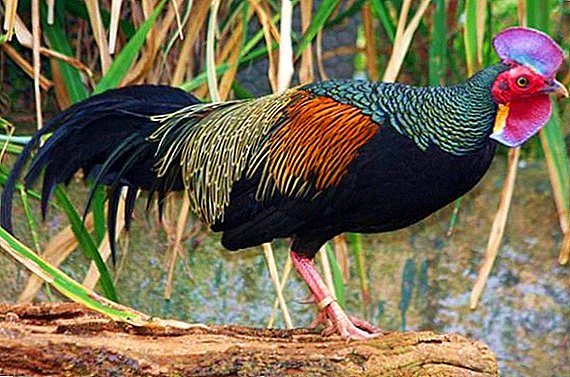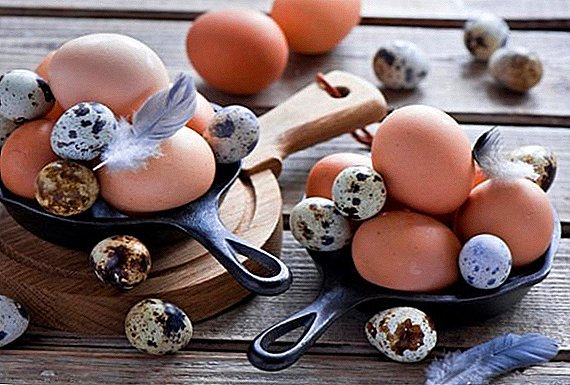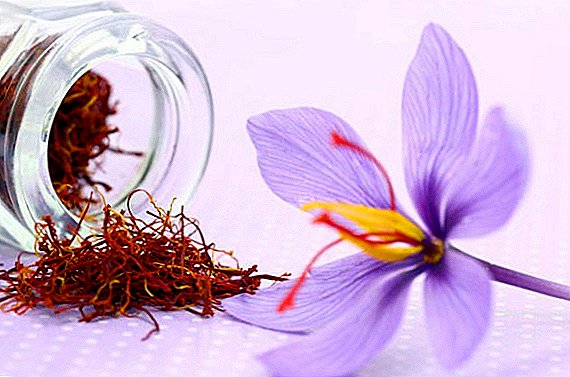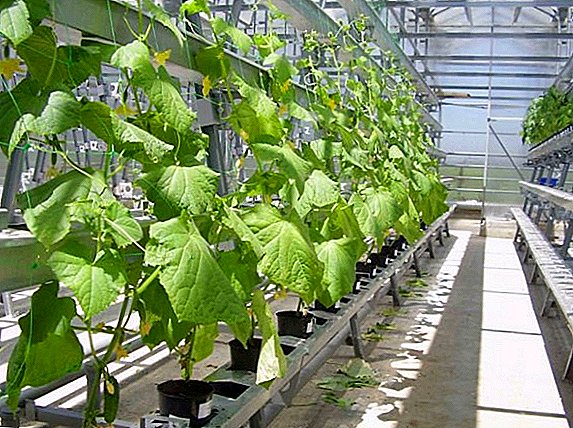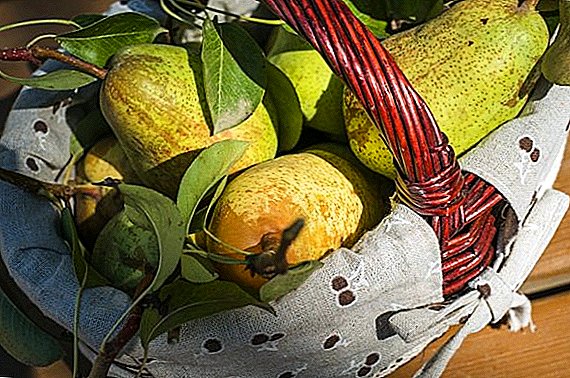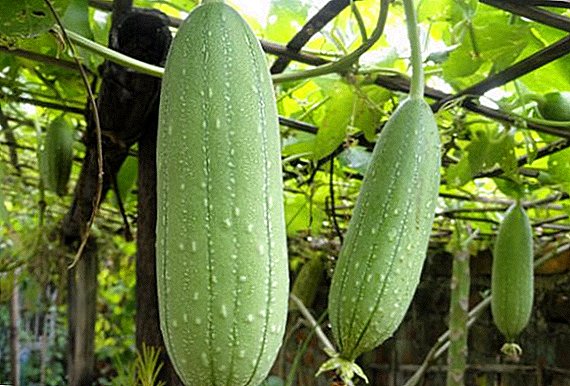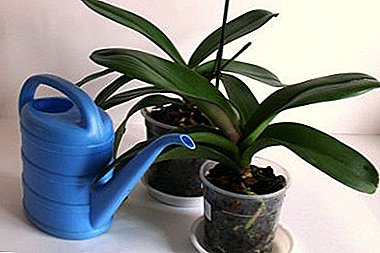
Phalaenopsis orchid is one of the most popular tropical plants grown at home.
In order for this sophisticated flower to please for a long time, you just need to follow a few simple conditions, in particular watering. Water is a very important factor in the development of plants, and this article will discuss the proper watering of this type of orchid.
The importance of proper watering
The orchid is considered a delicate flower, but the type of phalaenopsis is quite unpretentious, but it should be remembered that its root system is different from the usual houseplants. In the wrong mode of watering orchid quickly wither and die.
How often should the procedure be performed?
 The orchid phalaenopsis tolerates over-drying for several days better than constant moisture. Attention should be paid to the substrate in the pot and the tank itself: it is necessary to water only if the soil and the walls of the pot are completely dry. On average, the interval between irrigation ranges from 3 days in summer to a week in winter. It is also important to give preference to moisture in the morning.
The orchid phalaenopsis tolerates over-drying for several days better than constant moisture. Attention should be paid to the substrate in the pot and the tank itself: it is necessary to water only if the soil and the walls of the pot are completely dry. On average, the interval between irrigation ranges from 3 days in summer to a week in winter. It is also important to give preference to moisture in the morning.
What composition is better to do this?
The following paragraphs provide answers to the most common questions on this topic.
Do I need a special composition for watering? Under natural conditions, orchids get moisture from warm tropical rains, so water is perfect for moisturizing.
What water to choose? Water should be soft: if it is hard, then the plant will weaken due to excess salt, because in nature it gets moisture from tropical rains. If the water from the water supply is too saline, then it can be boiled or stood for a few days.
Also, the water that will be used to water the orchid should be warmer than room temperature by 2-4 degrees. This temperature will help the flower to more actively form buds and leaves. In cold fluids, phalaenopsis is prone to disease and decay.
What can be added for better growth orchids? For better growth of the plant, you can use dressing 1-2 times a week during the period of active vegetative development. You can also add oxalic acid diluted in water in the ratio of 1:10.
Ways for different phases of development
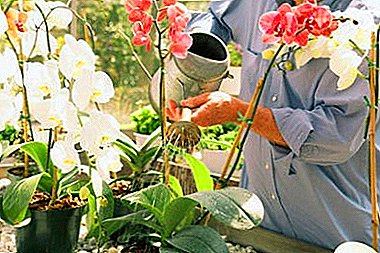 Watering during flowering. An open flower should never be watered in such a way that water gets into its core - this will entail rotting. However, open flowers should not be moistened by spraying with water, so they can collapse.
Watering during flowering. An open flower should never be watered in such a way that water gets into its core - this will entail rotting. However, open flowers should not be moistened by spraying with water, so they can collapse.The best option is to carry out abundant irrigation of the substrate in a pot, and then let the excess water flow for 20 minutes. This method of irrigation is called superficial.
Orchids in a hanging pot are watered by immersion: the roots are dipped into a container with warm water for 15 minutes (during this time the root system is fed with water), gently shake off and return to the site.
How to water a faded leaves? The faded plant can be watered using the methods described in the paragraph above; in addition, the vegetative part can be sprayed in combination with soaking. If the room is high enough humidity, you can use the method of moisture in the pan: the plant receives evaporation, as in its natural habitat.
How to water non-blooming phalaenography? A non-flowering plant is recommended to carry out a hot shower: it mimics the natural environment. All the above watering methods are perfect for this category of flowers.
Spray humidification is possible, but it is not effective, since a significant part of the stems of non-flowering plants is covered with bark.
How to water falenopish after transplanting? After transplanting orchid requires extraordinary watering, since different substrates can absorb and retain moisture in different ways. You can also use top dressing.
How will excess moisture affect the plant?
Excessive hydration disrupts the normal absorption of water and minerals, and therefore the entire vital activity of the flower is disrupted. Especially, in conditions of high humidity there is a high risk of rotting and development of parasites. Ultimately, the plant will die if you do not dry the soil regularly
How will the disadvantage?
With insufficient watering, the roots of the flower dry up, and in most cases the orchid dies. However, an interesting feature is the ability to grow flowers and bloom before dying. Therefore, in case of insufficient watering, flowering is not at all an indicator of plant health.
How to save a flower with the wrong care?
 In case of insufficient watering, the plant should be more abundantly moistened; in the case of excessive moisture, it is necessary to increase the intervals between waterings. However, with prolonged errors in irrigation, the plant will most likely not be saved.
In case of insufficient watering, the plant should be more abundantly moistened; in the case of excessive moisture, it is necessary to increase the intervals between waterings. However, with prolonged errors in irrigation, the plant will most likely not be saved.
For resuscitation of the flower from pests and diseases apply hot showers. This procedure is carried out in the bathroom, holding the pot with one hand, so that the water is drained, and the other is poured the flower from the shower. Water should be hot, but not burning, here you should focus on your own feelings.
If the flower is still watered with hard water, the neutralization of salts with kefir or lemon juice with water will help minimize the effects - they will wash away the plaque from the leaves and substrate.
About phalaenopsis feeding
Additional minerals are needed by the orchid while it actively forms the leaves and buds. Fertilizing is carried out during irrigation, spreading fertilizer in water, until the first flower is revealed on the plant: if you continue fertilizing, the flowers will fade ahead of time.
Phalaenopsis should be fed only with orchid fertilizers, complexes for other flowers will not work.
Watering is a very important component of the health and beauty of Phalaenography orchids.. We hope that the tips of this article will help in the cultivation of this beautiful and delicate plant.


 Watering during flowering. An open flower should never be watered in such a way that water gets into its core - this will entail rotting. However, open flowers should not be moistened by spraying with water, so they can collapse.
Watering during flowering. An open flower should never be watered in such a way that water gets into its core - this will entail rotting. However, open flowers should not be moistened by spraying with water, so they can collapse.